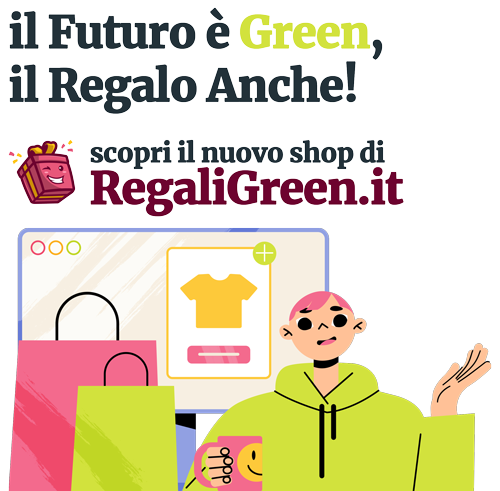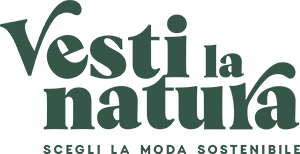Electronics integrated in fabrics: e-textiles
I electronic textiles called e-textiles they involve the combination of electronics and textiles to form “smart” textile products.
We are in direct contact with fabrics up to 98% of our life, we wear them daily day and night, and now they start to get smart. Much of this revolution is due to the integration of electronics in the textile sector.
Ideas for the electronic fabrics They have been around for decades, but over the past 30 years there has been growing commercial attention. Some electronic textiles such as blankets and heated clothing have developed fast and sell millions of products every year.
However, the variety of products is much wider than we think. From clothing to bandages, from bed linen to industrial fabrics, nuoThere products are appearing in a variety of verticals as this technology area is explored.
Conductive fibers, extensible electronics, energy collection and storage, logic and memory, are some aspects under study and development.
There remains a significant gulf in commercial maturity for the different products classified as electronic fabrics, but for example, heated garments have well-established manufacturing practices and products sold around the world with dozens (if not hundreds) of brands making them.
Other areas, such as the integration of power lines in fabrics, lighting and biometric monitoring, have seen a significant maturation in the last decade, especially in the military and sports fields.

The main challenges of the e-textiles related to reliability, compatibility with production standards, equipment suitability, material availability, and above all production costs, have been prohibitive for years for the commercial development of many types of products with technology e-textiles.
Thanks to major investments and partnerships, some of these barriers are collapsing rapidly, with more companies able to create increasingly advanced e-textiles products at less prohibitive prices. Approaching the average consumer will be a matter of a few years.
What are the applications of e-textiles electronic fabrics?
The number of application areas and market sectors of thee-textiles it is extremely broad, although with an extremely different commercial maturity:
- Medical and health care
- Sport and fitness
- Military and space
- Companies
- PPE and other work clothing
- Fashion and heated clothing
- Electronic home textiles
- Pet clothing
- Car interiors
- motion-capture
- Haptic suits and assistance garments
Each area has a unique mix of requirements, drivers and industry players, so understanding the details of the dynamics in each space is critical to successfully plan and grow e-textiles.

The general framework for i electronic fabrics is extremely promising, particularly when considering a nuovo "form" factor for electronics and how it can interact with the body in a positive way.
Our products e-textiles they can in fact be considered "a turning point" in many interesting areas: from the acquisition of body movement, to the prevention of diseases, to the improvement of road safety and much more.
One of the latest news concerns a study which demonstrates how it is possible to use print electrically conductive ink layers on polyester fabric, to create e-textiles that can be used in the design of future wearable devices.
Since this nuohe printing method occurs at room temperature and under normal atmospheric conditions, the researchers believe inkjet printing could offer a simpler, more effective and standardized method for producing electronic fabrics.
The goal of the e-textiles it is in fact to be able to create a standard that allows current fabric producers not to have to invest money to buy machinery suitable for production, but to keep their own.
Part of the challenge is also to find the right composition of the materials so that the liquid ink does not seep through the porous surface of the textile materials, thus losing the ability to conduct electricity.
We will carefully evaluate the evolution of electronic fabrics in the coming years, above all in the field of sustainability.











